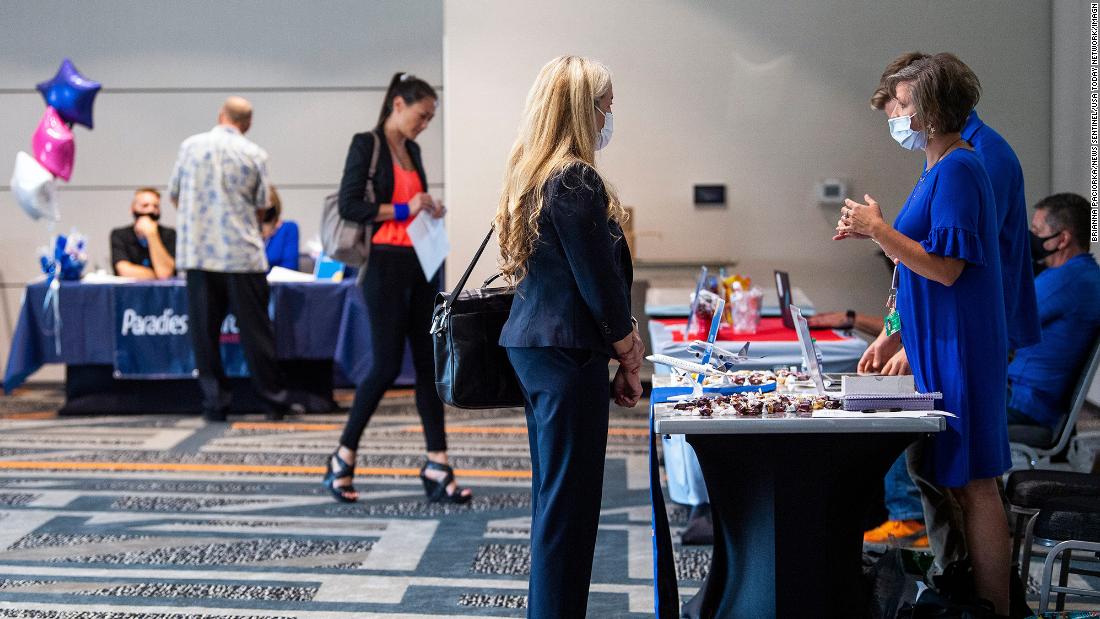October Jobs Report: Economists Think America is Back to Work
“Mitigating the Delta wave will reduce disruption to schools and encourage companies to resume hiring,” said Daniel Zhao, senior economist at Glassdoor. “However, the latest wave hasn’t fully receded, so the gains are still likely to be muted from hot summer job growth.”
During this hot summer streak, the US economy created 2.7 million jobs between May and July.
That said, no matter how good Friday’s report is, it won’t solve the labor shortage in the United States.
Labor shortages will persist
As the economy reopened completely over the summer and consumer demand exploded, businesses stepped up their hiring efforts. This has created a labor market in which workers have their choice of jobs, forcing companies to work harder to attract and retain staff.
The reopening of schools – as well as the expiration of improved unemployment benefits during a pandemic in early September – may have pushed some Americans back into the workforce since the summer, “but not enough to meet strong demand for workforce, â€Zhao said.
“Employers are likely to continue raising wages in sectors affected by the shortage, although at a slower pace than over the summer,” he added.
The culprit for the bad mood is the high inflation as well as the supply chain bottlenecks that have crippled global logistics this year.

